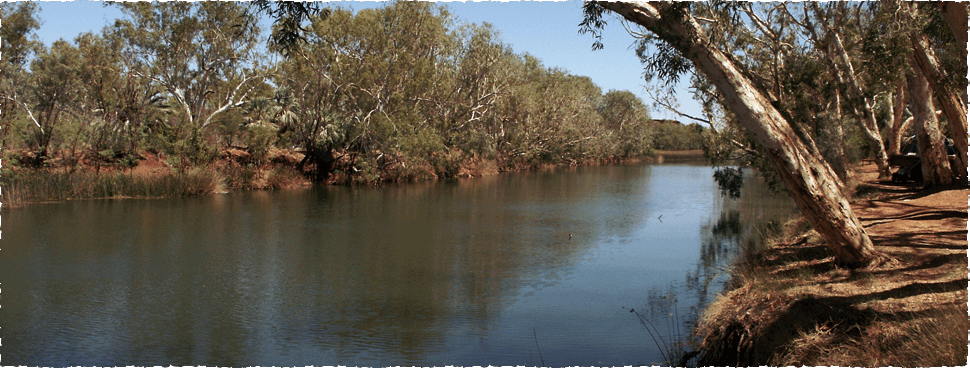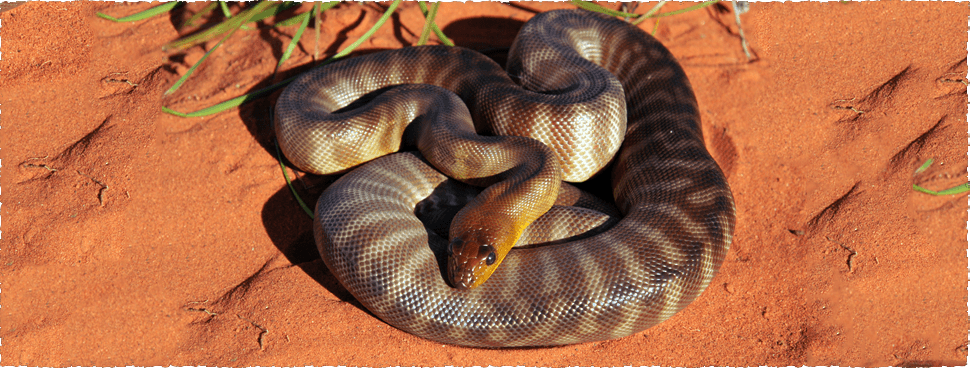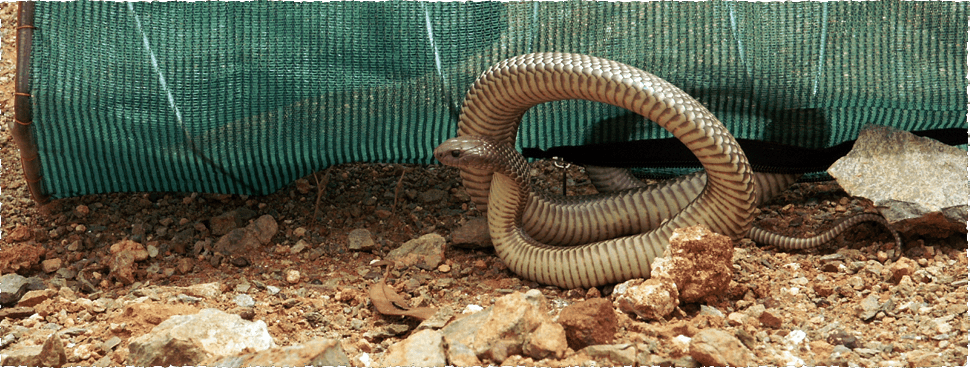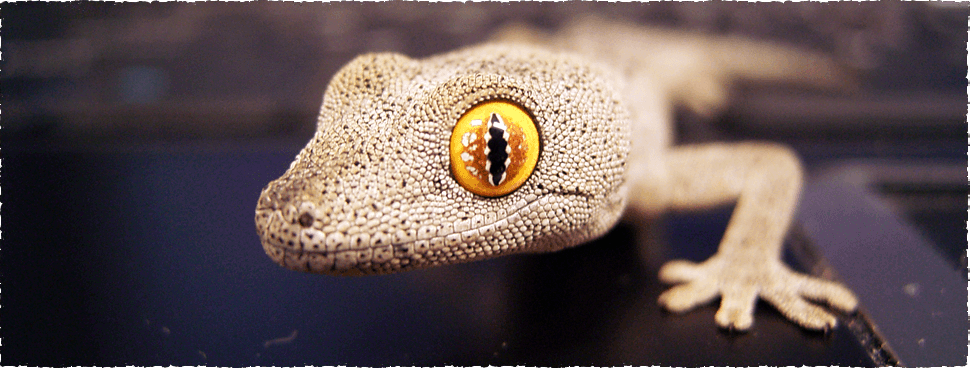Richards (2016) questioned whether offsets were sufficiently transparent of know whether they were achieving their objectives and whether they were value for money, Lindemayer et al. (2017) reported offsets of a nest box program where ineffective, Maron et al. (2012) concluded that many of the expectations set by current offset policy for ecological restoration remain […]















Are we getting value for money from offset research programs – a case study of the Northern Quoll in WA
April 4th, 2018How much sampling effort is needed to detect the presence of Bilbies in a defined area
March 21st, 2018Last year the Department of Biodiversity, Conservation and Attractions (2017) published guidelines for surveys to detect the presence of bilbies, and assess the importance of habitat in Western Australia and this guide includes the following information for the preferred Bilby search method of 2ha searches: The standardised 2ha sign plot method provides systematically quantified data […]
A skin breathing fish and its other unique adaptations
March 7th, 2018Killifish (families Aplocheilidae, Cyprinodontidae, Fundulidae, Profundulidae and Valenciidae) are egg-laying fish that are mostly adapted to living in ephemeral waters, many with eggs able to survive out of water and for periods of partial dehydration. They are found in fresh and brackish water on the Americas, southern Europe and much of Africa, middle-east, but they […]
Rat eradication on South Georgia – what a fantastic effort by an NGO on a shoestring budget
February 21st, 2018I was reading yesterday about New Zealand’s effort to eradicate rats on an off-shore island and remembered the success story from South Georgia on our trip through Antarctica last year. South Georgia is in the southern Atlantic Ocean approximately 1,900km east of the southern end of South America and 1,500km east of the Falkland Islands. […]
Do Environmental Offsets deliver for Carnaby’s Cockatoo?
February 7th, 2018Brooke Richards (2016) submitted an honours thesis titled ‘Do Environmental Offsets Deliver for Carnaby’s Cockatoo?’ and we thought the findings of this thesis may be of interest to a wider audience. Environmental offsets are applied when there is a significant residual environmental impact for a proposed development (Government of Western Australia 2011). The Western Australian […]
Retreating glaciers in the Antarctic and implications for penguins
January 24th, 2018This time last year Graham and I were lucky enough to have spent about three weeks visiting the Falkland Islands, South Georgia and the Antarctic Peninsula. The scenery is fantastic, and we saw thousands of breeding penguins, lots of seals, whales and sea birds. However, one of the most significant observations and lasting memories is […]
Welcome to 2018
January 11th, 2018Between 2013-2016, Terrestrial Ecosystems posted a weekly blog, however, during 2017 we stopped the blog because we got too busy at work and thought it wasn’t being viewed. As it turns out lots of people read our blog and many people have asked why it stopped. Some of the previous blog topics included: Is the […]
Ownership of native fauna – could it make a difference
November 22nd, 2016In the United Kingdom, as is the case elsewhere in the world, landholders/owners have some ownership rights over native fauna on their land. In short, there are three ways of qualified ownership of native fauna (ref ): Tame and reclaimed animals – Where a person lawfully takes, tames, or reclaims a living wild animal, they […]
Is the Ibis the next Rainbow Lorikeet or Cane Toad?
November 9th, 2016The Rainbow Lorikeet (Trichoglossus haematodus) is regarded as either a pest of agriculture or an unwanted organism in New Zealand, Western Australia, Northern Territory, Queensland, the Australian Capital Territory, Victoria, Tasmania and South Australia. On the east coast it inhabits rainforests, coastal bush and woodland areas. In Western Australia, the Rainbow Lorikeet is a declared […]
Terrestrial Ecosystems gets a wildlife conservation detection dog
October 26th, 2016Wildlife or conservation detection dogs are now widely used in Australia and overseas to locate native and feral animals, their scats and retreats. They are also used to find particular plants and for locating drugs and explosives (Wasser et al. 2004, Smith et al. 2005, Arnett 2006, Long et al. 2007, Cablk et al. 2008, […]
